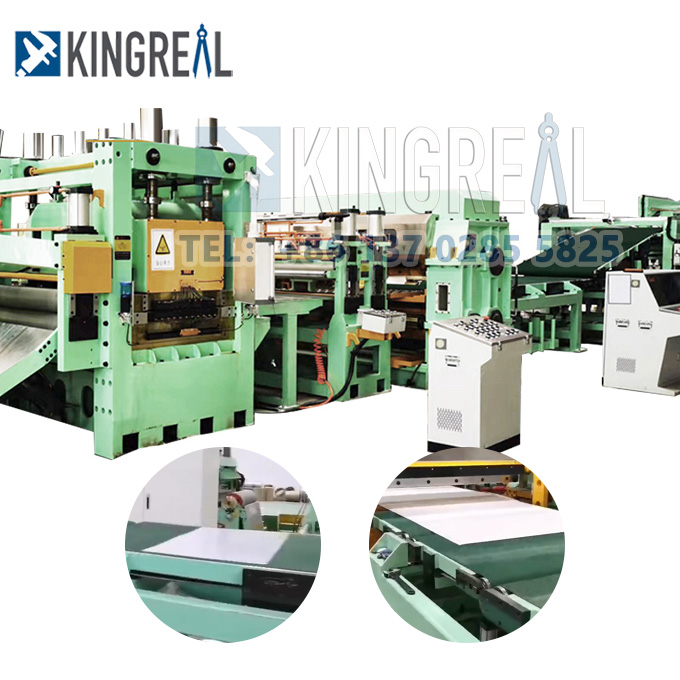Precision in Motion: Unveiling the Working Principle of a Precision Leveler in the CTL Line
2023-12-08
Introduction:
In the intricate dance of metal processing, precision leveling stands as a critical step in ensuring the flatness and consistency of sheets. This rings especially true in the context of a Cut to Length (CTL) line, where the quality of the end product is paramount. In this blog, we'll delve into the working principle of a Precision Leveler in the specific context of a CTL line, shedding light on the mechanisms that contribute to the precision and quality of leveled sheets.
The CTL Symphony: Precision Leveling Unveiled
1. Coil Entry:
The journey of precision leveling begins with the entry of the stainless steel coil into the CTL line. The coil, often delivered in a raw or unprocessed state, is set in motion along the processing line, ready to undergo the leveling transformation.
2. Uncoiling:
The first step in the CTL line involves uncoiling the stainless steel coil. This process carefully unwinds the tightly wound coil, preparing the material for the subsequent precision leveling stage. The precision leveler awaits, poised to bring its transformative influence to the stainless steel sheets.
3. Precision Leveler Setup:
As the stainless steel sheet progresses through the CTL line, it encounters the Precision Leveler. This crucial component is equipped with an array of rollers and mechanisms designed to correct any imperfections in the material's flatness, ultimately ensuring a leveled and uniform surface.
4. Roller Configuration:
The heart of the Precision Leveler lies in its roller configuration. The rollers are strategically arranged to apply controlled pressure to the stainless steel sheet as it passes through. The roller configuration may feature segmented rollers, adjustable roller spacings, or other innovations tailored to optimize the leveling process for stainless steel.
5. Adjustable Pressure:
Stainless steel's resistance to deformation requires a leveler with the capability to exert significant pressure. The Precision Leveler is designed with adjustable pressure mechanisms, allowing operators to fine-tune the amount of force applied to the material. This adjustability is crucial for achieving the desired flatness without causing damage to the stainless steel.
6. Variable Roller Speed:
The CTL line's Precision Leveler features variable roller speed control. This capability enables operators to adapt the processing speed to the thickness and grade of the stainless steel sheets being leveled. Variable speed control ensures a tailored approach to different materials, contributing to the overall efficiency of the leveling process.
7. Real-Time Adjustments:
To maintain precision throughout the leveling process, the Precision Leveler often incorporates advanced automation and control systems. These systems enable real-time adjustments, allowing operators to respond to variations in the stainless steel sheets, ensuring that each sheet meets the stringent quality standards set by the industry.
8. Exit and Further Processing:
As the leveled stainless steel sheets emerge from the Precision Leveler, they are ready for the next stages in the CTL line. Whether destined for cutting, stamping, or forming, the flatness achieved by the leveler provides a stable foundation for subsequent manufacturing operations.
Conclusion:
In the intricate symphony of a CTL line, the Precision Leveler takes center stage, orchestrating the transformation of raw stainless steel coils into leveled sheets of unparalleled quality. Through adjustable pressure, variable roller speed, and real-time adjustments, the Precision Leveler's working principle ensures that each sheet emerges with the flatness and precision required for a diverse range of applications. As stainless steel continues to shape our world, the precision leveling process remains a vital step in unlocking its full potential.



